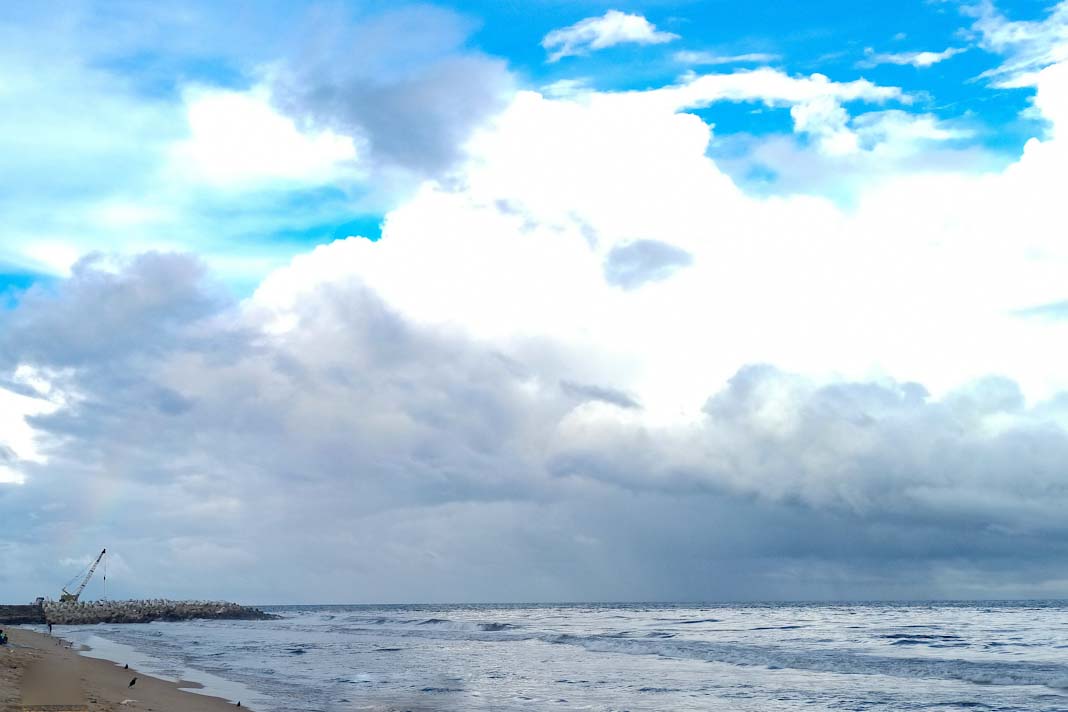Market developments in August played out largely as expected. In general, rate levels continued to abate following a peak in July, although with a minor short-lived rebound on the transpacific trade, for example. This temporary boost could likely be a minor shift in cargo where US importers want product moved via the West Coast instead of the East Coast as a contingency related to the risk of a strike from October on the East Coast, reports Baltic Exchange.
Awaiting the ILA union
Essentially the traditional peak season clearly came early, starting in May 2024. This also means the peak season is now tapering off leading up to the end when the Chinese Golden Week Holiday rolls around in the first week of October. The carriers are already preparing for Golden Week with the announcement of multiple blank sailings in weeks 40 and 41.
Demand growth was solid for the newest data, which was for cargo loaded in June. Globally, 6.3% more cargo was loaded compared to a year ago. For the first half of 2024, global demand measured in TEU is up 7.1% year-on-year.
This development is, however, even more important to measure in TEU*Miles to take the diversions around Africa into account. In June, demand in TEU*Miles was up 26.8% year-on-year, basically matching the trend where first-half 2024 is up 27.4%.
The baseline expectation should therefore be a continued erosion of freight rates throughout September, followed by a slightly sharper decline in October, which is normal seasonality. This will be followed by a flattening in November and finally a gradual seasonal rise in December leading up to the Chinese New Year in January 2025.
The baseline is, however, subject to a major uncertainty related to the potential strike on the US East Coast.
In August, rail workers in Canada went on strike, but this was terminated within a few hours by a mandate from the Canadian government. The impact of the strike would have been highly detrimental not only to Canada but to goods flowing within the US. However, such an impact would be minor compared to the issue we could face on the US East Coast.
As of 4 September, there appears to still be no active negotiation between the union and the terminals after the union broke off negotiations in July. The union chairman has vowed to go on strike from 1 October if there is no new agreement.
The only time we have seen a similar situation was in 2002 when all ports on the US West Coast were closed for 10 days. Various studies performed indicate that this led to a loss in the US economy of US$6-19 billion. If this impact is scaled up to match the magnitude of the US economy today, this implies a cost to the US economy of US$1.6-4.9 billion per day as the strike goes on.
The only time we have seen a similar situation was in 2002 when all ports on the US West Coast were closed for 10 days. Various studies performed indicate that this led to a loss in the US economy of US$6-19 billion. If this impact is scaled up to match the magnitude of the US economy today, this implies a cost to the US economy of US$1.6-4.9 billion per day as the strike goes on.
In 2002 the strike ended after 10 days as US President Bush invoked the Taft-Hartley Act, forcing the terminals to open and labour to go to work. The same law could be used by President Biden in 2024, and from the perspective of the impact on the US economy, there is a clear case to do so quite quickly.
However, the situation is more complicated. If a strike goes ahead in October, this will be in the last phase of the US presidential election, and given the impact it has on the US economy, it will become a major political issue. However, if President Biden invokes Taft-Hartley, this could well be seen as the Democrats abandoning the workers’ rights to fight for fair wages, which could negatively impact their chance of winning the presidential election. This makes it exceedingly difficult to predict with any accuracy whether or not we get a strike and how long it might last.
Shippers therefore need to prepare for two very different scenarios to unfold. Either the baseline with continued reduction in spot rates or a strike scenario causing congestion that will ripple through as a lack of capacity and, in turn, lead to rapidly escalating spot rates.
Did you subscribe to our daily Newsletter?
It’s Free! Click here to Subscribe
Source: Baltic Exchange


















